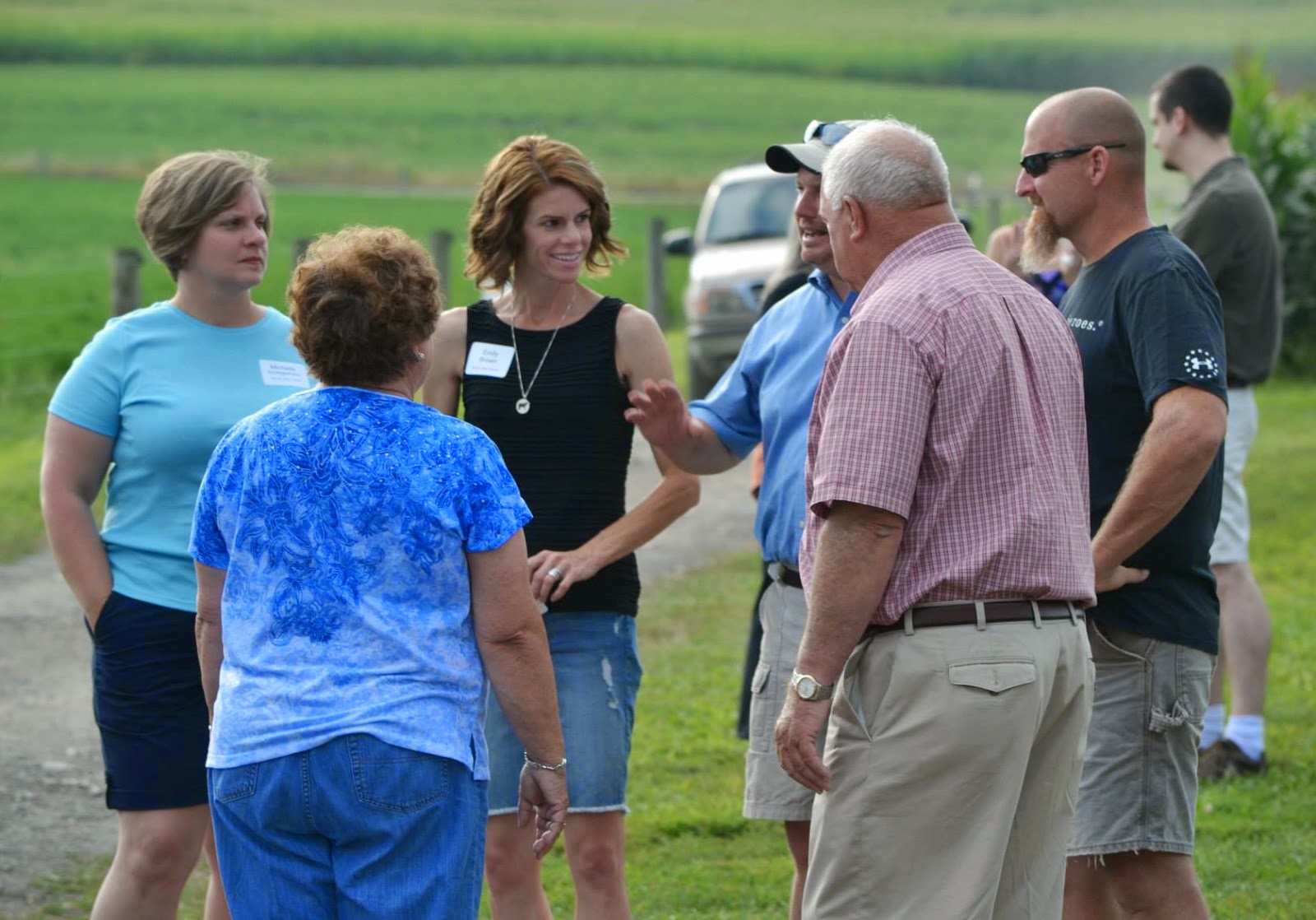Ruminating on the tragedy in Ferguson, Missouri, Brian Kaller
poses the serious question of why Americans are so afraid.
We're grappling with homicides committed by policemen too frightened to serve the communities they are meant to protect - in Cleveland, St. Louis, and New York City, and communities that are themselves frightened and angry. But as Kaller notes, fear, paranoia and divisiveness thrive like viruses throughout our society.
What Kaller sees at the root is the breakdown of social and community ties and interactions that used to enmesh people in a skein of fellow human beings. These lent not only security, but a framework of action and understanding, which individuals and families could navigate with some competence and confidence. Gradually, that "quilt of community" has been replaced by an anxious dependency on "strangers in distant and possibly unaccountable institutions".
As America's Age of Prosperity breaks down under the twin stresses of an empire in decline and the end of cheap oil, individuals who have little in the way of real social networks are increasingly adrift and worried about being failed by the institutions that have served to take their place.
I think Kaller is exactly right, but like most major trends this one is
overdetermined. There are other forces pushing Americans toward fear and paranoia and away from confident and courageous engagement with the challenges that beset us.
For one, consumer capitalism requires a dissatisfied customer to work upon - an insecure subject who can be bullied into buying things they don't need. In Kaller's richly interconnected human world
entertainment was a thing of human interactions and creativity, where art, gossip, confession, handiwork, story telling and just visiting filled those hours that are now filled by the passive reception of products from a corporate-owned, corporate-sponsored media - an enormous industry whose income devolves almost entirely from marketing and advertising for ever more passive consumption. As a sideline, its "news" departments spew out an incessant flood of fear-mongering and disconcerting stories that seem custom-designed to erode even further whatever faith and respect we still retain for our fellows or our institutions.
There are other forces at play. Fear has always been a tool of statecraft, and mature states want docile subjects. Likewise, the corporations who have aligned with the state want a docile workforce. Up to now, instilling a fear of naked, physical violence has mostly been directed at the marginalized - minorities, immigrants, the poor, vulnerable dissidents - and women. But fear is also wielded upon everyone else through convenient bugaboos like ISIS, surgent China, Black rioters and Mexican drug lords, which are paraded in front of us on the one hand - and shadowy billionaires, militarized cops, Vladimir Putin and the NSA on the other. Fear is used to divide us against ourselves as hostile caricatures of race, class, region, faith and politics replace first-hand experience.
In the closing years of the Cold War it was said that the West had been better at leading people around by their appetites than the East had been at pushing people around by their fears. Today people are not being led anywhere by their appetites, except perhaps in circles. The aspirations of consumerism are weighted down by busy-ness, anxiousness and clutter.
The Archdruid, John Michael Greer, maintains that people are, or will be, adapting to the end of material progress for all but a tiny minority, to the reversal of US political ascendancy, and to the broken promises of science and technology. The resultant breakdown of our guiding religion of Progress is throwing people into spiritual and existential crisis.
I suspect that here is another primary cause of the great American fearfulness and one which serves to give it its particular odd flavor. Fear can be a helpful and adaptive response when a lion stalks you or an avalanche threatens you. But the fear among Americans doesn't seem like that sort of response. We don't seem afraid of any of the things that actually do threaten us. It is more akin to a neurosis. The anxieties that accompany neuroses are not constructive, well-directed fears that motivate us to avoid dangers or find solutions. On the contrary, neurotic fears are promiscuous, misplaced anxieties that come from an unwillingness to confront a reality that we fear and want to reject.
And what we fear is the failure of - for lack of a better word - Progress. But Progress is a thing so engrained in the American sense of ourselves and our futures that we cannot confront such an idea openly or honestly. We pretend that our fears apply to other things - like, for example, lazy crazy Blacks or vicious homicidal cops, Islamic terrorists, Frankenfoods or black helicopters.
As yet, people are not being given any vision or any project of future-building that they could embrace in an honest and clear-headed way. So legitimate fear and neurotic anxieties both build. Anyone who's ever tried to handle a terrified animal can understand the dangers inherent in such a moment.




































.jpg)


.jpg)























